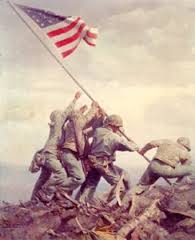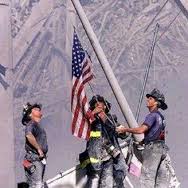 February 21, 2019 (Thursday)
February 21, 2019 (Thursday)
We celebrated Presidents Day last Monday, before that, Abraham Lincoln’s birthday, and tomorrow, George Washington’s birthday. As I think about our presidents, our country, and our history, I feel impressed to say something about our flag.
As I sit here at my desk, I can see an American Flag decal affixed to a pane of glass in our door. Wanda placed it there. She put several in other places, like our cars. She epitomized the kind of citizenship and love of country that our generation was taught, as every day at school we repeated the Pledge of Allegiance to our flag and sang, “My country, ’tis of thee..(it is the) land that I love.” The flag is more than an object colored red, white and blue. Each American flag we see calls upon us to approach it with reverence and awe because of what it represents.
Our flag is called by several names, each one full of significance: The American flag, The Stars and Stripes, Red White and Blue, Old Glory, The Star-Spangled Banner, US flag, and United States flag. Whatever we call it, we should love it.
The original flag was adopted June 14, 1777. The current 50-star version July 4, 1960.
“The Star-Spangled Banner” is the national anthem of the United States. The lyrics come from “The Defense of Fort M’Henry,” a poem written during the War of 1812 by Francis Scott Key. Key was inspired by the large U.S. flag, with 15 stars and 15 stripes, known as the Star-Spangled Banner, flying triumphantly above the fort during the U.S. victory. Our national anthem is about our national flag.
The 50 stars represent our 50 states, and the 13 stripes the original 13 states. The flag represents freedom and has flown over every significant battle fought by our country in defense of that freedom.


February 23, 1945 September 11, 2001
‘Tis the star-spangled banner,
O long may it wave
O’er the land of the free and the home of the brave.
